Latin American officials were left in a state of shock as they witnessed U.S. President Donald Trump unveil his latest tariff measures, which have the potential to significantly disrupt trade dynamics across the region. The announcement detailed plans to impose a baseline 10 percent duty on all countries, with approximately 60 trading partners facing even steeper rates.
The implementation of these tariffs stems from the Trump administration’s calculation of reciprocal tariff rates based on the U.S. trade deficit with each nation. This move has sparked concerns among Latin American leaders, given the unpredictability and potential ramifications for their economies.
Trade relations between the United States and Latin America have always been complex, marked by shifting alliances and disagreements over various economic policies. With Trump’s decision to enforce these tariffs, countries such as Argentina and Brazil find themselves grappling with new challenges, irrespective of their political leanings.
Understanding Reciprocal Tariffs
Reciprocal tariffs are essentially retaliatory measures that nations impose on each other in response to trade disputes or imbalances. In this case, Trump’s administration is using them as a tool to address what it perceives as unfair trade practices and deficits.
The Unpredictability Factor
The arbitrary nature of these tariffs has left many policymakers in Latin America puzzled about their implications for regional trade stability. The lack of clear criteria for determining tariff rates has only added to the uncertainty surrounding future economic interactions with the United States.
Political Alliances vs. Economic Realities
Despite efforts by some Latin American leaders to foster closer ties with the U.S., including proposing bilateral trade agreements, the imposition of uniform tariffs underscores how economic considerations often outweigh political gestures in international relations.
Brazilian President Luiz Inácio Lula da Silva had engaged in discussions aimed at enhancing cooperation with U.S. counterparts; however, Brazil now finds itself subject to similar tariff rates as Argentina—a country that has also sought rapprochement with Washington but faces identical penalties.
This move highlights how strategic partnerships alone may not shield countries from broader economic decisions driven by perceived national interests like reducing trade deficits.
The Varied Impact Across Latin America
While Argentina and Brazil face a minimum 10 percent tariff due to their surplus in trade with the U.S., other major economies like Chile, Colombia, and Peru are also bracing for similar duties. However, these rates pale in comparison to those imposed on key European and Asian allies—reflecting a nuanced approach by Washington towards its different trading partners worldwide.
Experts suggest that while immediate repercussions might be contained within specific sectors or markets initially, prolonged enforcement could trigger cascading effects across various industries within these economies—potentially altering regional trading patterns significantly.
As Latin American nations navigate this uncertain terrain of escalating tariffs amidst global economic shifts, there remains a sense of cautious optimism regarding potential avenues for dialogue and negotiation moving forward.


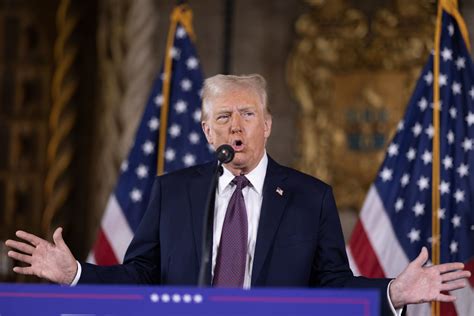
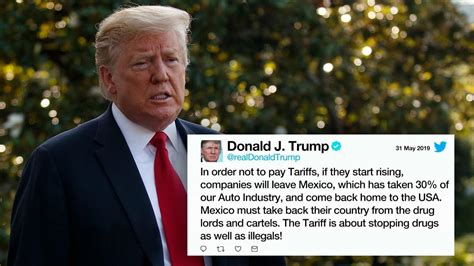
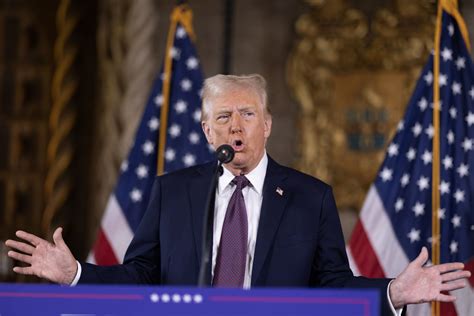
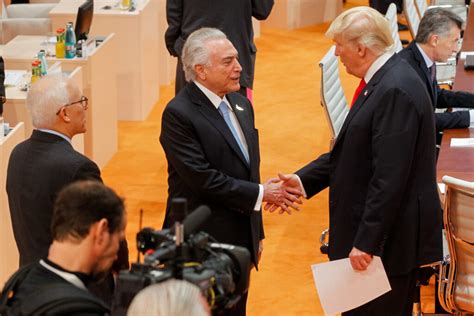

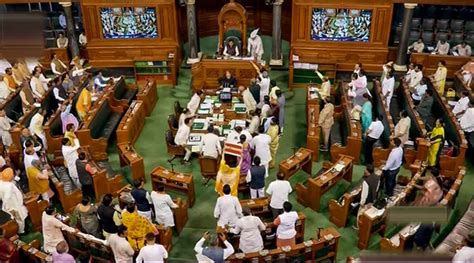
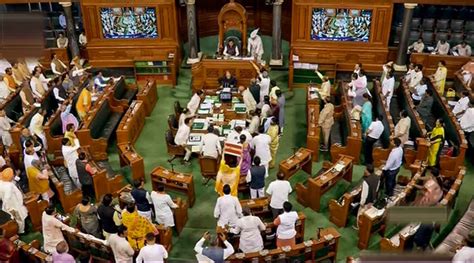
Leave feedback about this